Explore Different Cultures And Countries With Activities For These 10 Brilliant Children’s Books
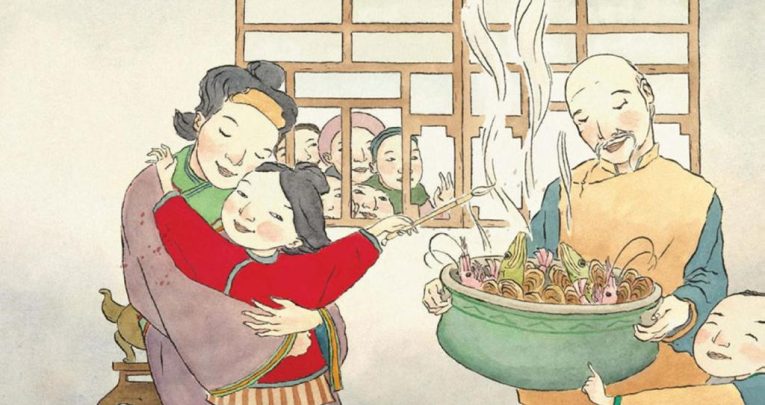
Ask your class to become armchair adventurers, finding inspiration for art, dance and writing in many different cultures and continents, says Carey Fluker-Hunt…
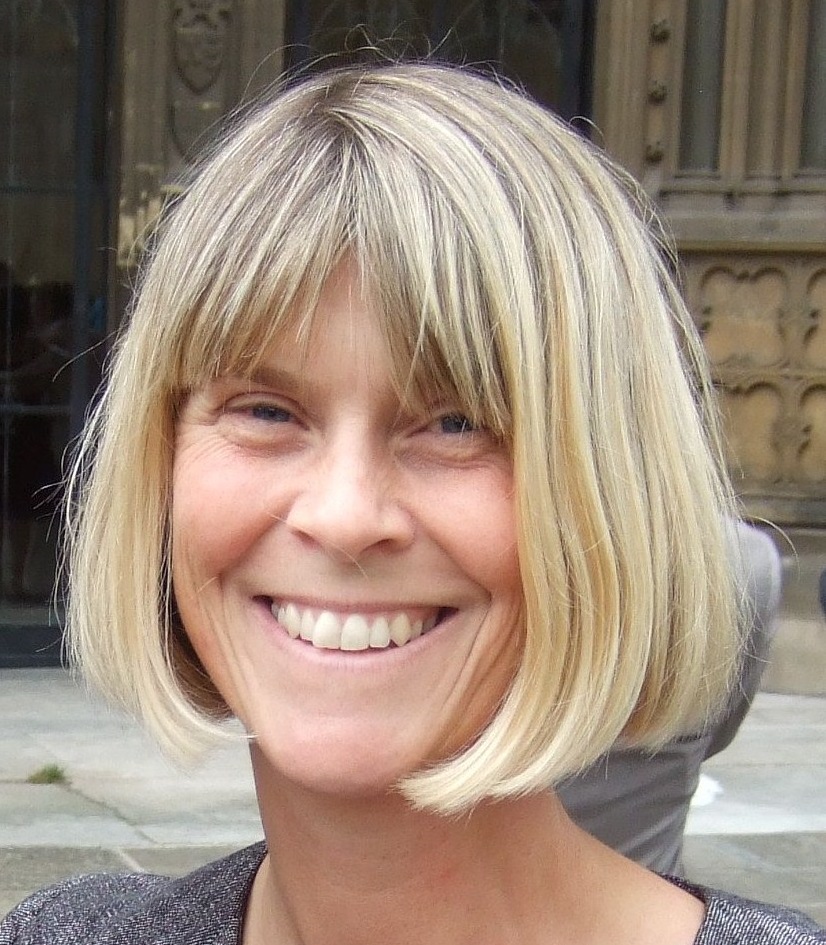
- by Carey Fluker Hunt
- Creative learning consultant, writer and former teacher Visit website

Foundation Stage
1 | The Magic Paintbrush by Julia Donaldson and Joel Stewart (Macmillan)
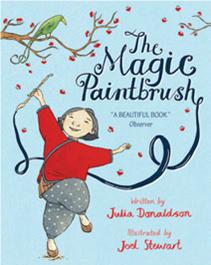
What’s the story?
An old man gives Shen a paintbrush and suddenly everything she draws is real. Word spreads, and soon the Emperor wants her to paint a money tree. But Shen knows the magic is only meant for the poor.
How will she outwit the Emperor? Written in rhyming verse, this gentle fable is illustrated with delicate watercolours inspired by traditional Chinese art.
Thinking and talking
What would you paint if you had a magic paintbrush? Who would you help? What can we learn about long-ago China by sharing this book? What would you like to know about China today? How can you find out?
Try this…
- Pretend you’re holding a magic paintbrush like Shen. Paint imaginary pictures in the air, then add music to create a dance. Talk about what you painted and how it felt.
- Experiment with extra-large paintbrushes to see what kind of marks they make by painting water onto dry surfaces outdoors, then use diluted readymix on wallpaper. What would happen if your paintings came to life?
- Watch a Chinese dragon dance video, then make a dragon like Shen’s using a box and fabric. Work together to make your dragon move. Give him a name and introduce him to your school!
2 | Down by the River: Afro-Caribbean Rhymes, Games and Songs for Children by Grace Hallworth and Caroline Binch (Frances Lincoln)
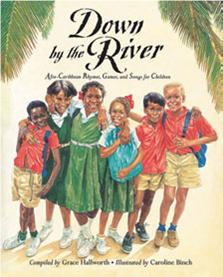
What’s the story?
From lullabies and singing games to counting-out rhymes and chants, this book transports us to the warm heart of a Caribbean playtime.
Thinking and talking
Which is your favourite rhyme? Do any of these rhymes remind you of others you know? Talk about the games children are playing in these pictures. What do you play?
Try this…
- Look at the spread showing children laughing in the rain. Imagine you’re with them. What does the rain feel like? What’s it like when it rains in the UK? Fill toy watering cans and take them outside to make it rain on different surfaces – try sheltering under an umbrella while somebody waters it! What does your rain sound like? Look like? Smell like? Collect words to describe this, then use to compose a class poem.
- Play traditional Caribbean games, or make up new games and invent chants or rhymes to accompany.
- Describe what you can see in the painting of the bay on the endpapers, then look inside the book to discover what it’s like to live there. Explore your neighbourhood and take photos of the places you live, shop and play.
Key Stage 1
3 | Riding on a Caravan: A Silk-Road Adventure by Laurie Krebs and Helen Cann (Barefoot Books)
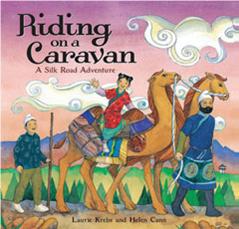
What’s the story?
Part story-rhyme about children travelling along the fabled Silk Road, part information text about the history of the trading route and part travelogue, this book is a lovely way to intrigue children about a distant time and place.
Thinking and talking
What tells you this book is set far away? Do you think it’s about children now, or long ago? What’s produced where you live? Where is it sold? Where and how do you buy things?
Try this…
- Find the places in this book on a map. Display photos and objects about China and the Silk Road.
- Look at the picture showing children sitting round a fire. What are they discussing? Pretend you’re warming your hands at a campfire. Talk about your day. Can you tell or write a story about it?
- Visit a market and take photographs. Compare with the illustrations in the book and use to inspire writing, artwork and roleplay.
- Buy fruit from a market and sell in school, making a small profit for charity. Use this as the inspiration for number work.
4 | Football Star by Mina Javaherbin and Renato Alarcao (Walker)
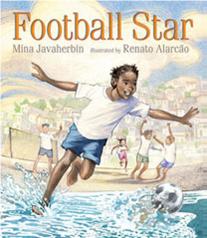
What’s the story?
Paulo works on a fishing boat instead of going to school. Life is tough, but where there’s football, there’s hope – especially with Paulo’s sister on the team! Dedicated to Brazilian footballers who rose from poverty, this book really does celebrate the beautiful game.
Thinking and talking
Do you enjoy playing football? How do you think Paulo and his friends feel when they’re playing football? Why do you think they love it so much?
Talk about the jobs these children do. What would you miss about school, if you didn’t go? What do the pictures tell you about life in a favela?
Try this…
- Choose a picture and imagine it’s a film still. What are the characters saying? Add dialogue using sticky notes. What will happen when you press ‘play’? Act it out, write about it or draw a picture sequence.
- What does Paulo tell us on the title page? Read his chant and beat the rhythm. Think of a way to introduce yourself in a chant, just like Paulo.
5 | A Year Full of Stories – 52 Folktales and Legends from Around the World by Angela Mcallister and Christopher Corr (Frances Lincoln)
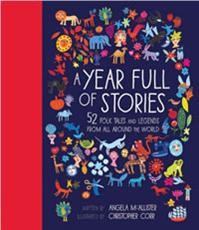
What’s the story?
More than 30 countries and traditions are represented in this beautifully-designed anthology celebrating cultural events and festivals to mark the changing seasons.
Thinking and talking
Which story do you like best? Which country does it come from? Do you know anything about the countries featured in this book?
Which festivals do your family celebrate? What makes a good celebration? Talk about family, friends, food, beliefs, responsibilities, customs, etc.
Try this…
- Mark the countries represented by these stories on a map. Which is your favourite story? Find out about the country it comes from.
- Construct a giant whole-year calendar as a wall display. Create designs to represent the festivals and stories in this book and add them to your calendar. Are there other festivals, celebrations or local events you’d like to include? Add children’s birthdays, and ask them to write a story for their special day inspired by the tales in this book.
- Look at the colourful endpapers. Be picture detectives and link them to the stories they represent. Ask children and their families to share stories about the places they live (true stories, tales their grandma told them, local folktales, legends…). Design an image for every story and assemble to create a busy frieze inspired by the endpapers.
6 | On a Magical Do-Nothing Day by Beatrice Alemagna (Thames and Hudson)
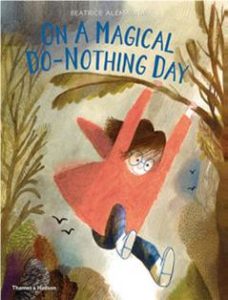
What’s the story?
You don’t have to travel to experience the wonders of the world – sometimes your own backyard is more exciting than you guessed.
Alemagna’s video game-playing heroine isn’t interested in the outdoors. Then she loses her game and everything looks different. “Is there anything to do around here?” she asks, and some snails lead her to a magical landscape. Or is it simply a different way of looking at real life?
This beautifully illustrated picturebook is a hymn to all things slow and makes a great starting point for armchair travellers who want to get to know their own locality.
Thinking and talking
Where is this story set? Have you had adventures in places that were close to home? Look at the pictures. Why do you think Alemagna chose these colours, textures and subjects?
Try this…
- Organise your own magical do-nothing day. Explore a new location using your senses. Play blindfold games, make rubbings of different textures, draw from life, take photographs, record sounds. Create annotated sketchmaps to show where you went, what you noticed and what you thought about it.
- Create mixed-media collage and coloured pencil artwork, inspired by Alemagna’s illustrations and the special things you noticed on your magical do-nothing day.
Key Stage 2
7 | The Honey Hunter by Karthika Nair and Jöelle Jolivet (Little Gestalten)
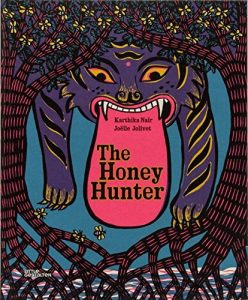
What’s the story?
Shonu lives in a mangrove forest in the Sundarbans, where his father is a honey collector. He knows he mustn’t upset the terrifying Demon King by taking honey at the wrong time of year – but when disaster strikes, he’s too hungry to resist.
The Demon King appears and is about to eat Shonu, when an unusual bargain is struck. Shonu must repay his debt by spending the summer as a tree.
This beautiful picturebook is packed with information about the mythology and customs of a traditional way of life, and features strong environmental themes. The book began as a performance (which has left its mark in the richness and immediacy of its language and storytelling) and Jolivet’s Indian-style artwork adds its own theatrical impact.
Thinking and talking
What did you like about this book? What did you learn from it? Which is your favourite picture, and why? Do you know anyone familiar with this area of India / Bangladesh? Can they tell you about it?
Try this…
- Research the natural history of the mangrove forests and the impact of deforestation and climate change. Learn about the area’s mythology and traditional ways of living.
- Take elements such as Shonu’s transformation or the ferociously protective actions of the Demon King and explore through drama and creative writing. Invent stories for the bees to sing to Shonu and create a performance of your own, complete with brightly coloured masks and costumes.
8 | My Place by Nadia Wheatley and Donna Rawlins (Walker)
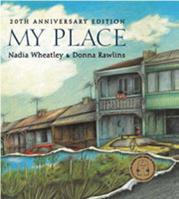
What’s the story?
Have you wondered what your street was like before your house was built, or who lived in it before you? My Place explores an Australian neighbourhood through the eyes of the children who live there, from Laura in 1988 all the way back to Barangaroo in 1788.
Every spread focuses on a different decade and features a sketch map charting the changes.
Written to mark Australia’s bicentenary, this intriguing book encourages readers to ask questions about their own ‘place’ and celebrates the hidden histories of children.
Thinking and talking
What’s the most interesting thing you’ve discovered by reading this book? Many of the characters in this book are linked. Who is connected, and how? What else do you notice about the construction of this book? For example, every child has a pet; every child talks about the big tree; the water flows along the same course.
Try this…
- What can we learn about Australia by reading this book? Create mind maps recording your discoveries. What else would you like to know? Find answers using non-fiction books, magazines, the internet and word of mouth.
- Draw sketch maps of your place and write about it. Collect the maps in a class book, then exchange with children in another country to find out about their place, too.
- Resources including an interactive timeline and author interviews are available at myplace.edu.au.
9 | City Atlas: Travel the World with 30 City Maps by Georgia Cherry and Martin Haake (Wide Eyed)
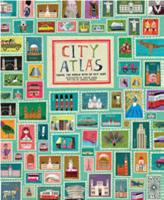
About this book
Thirty iconic cities are brought to life as stylised picture maps featuring local landmarks, celebrities and customs. The illustrations have a pleasingly retro feel and make a good starting point for in depth research.
Thinking and talking
Find a world map and mark the locations of cities in this book. Pool what you know about them. Which city would you like to visit, and why?
What’s the most interesting fact you discovered? The weirdest? The most surprising?
Try this…
- Create a picture map of your town. Browse guidebooks and maps to find buildings, customs and landmarks you’d like to feature. Identify a network of key routes and mark on a large sheet of card. Draw your chosen elements, then collage to your background and add text.
- Alternatively, children could create individual maps, highlighting the local elements most meaningful to them.
10 | Illegal by Eoin Colfer and Andrew Donkin, Illustrated by Giovanni Rigano (Hodder)
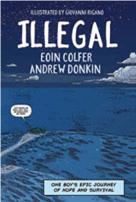
What’s the story?
Along with hundreds of migrants, Ebo and his brother sail from Tripoli, bound for Europe and a better life. Tragedy strikes as their overloaded boat capsizes. After all his optimism and tenacity, will Ebo’s journey end in heartache?
Set against realistically depicted backdrops in Nigeria, the Sahara, Tripoli and the Mediterranean, this powerful graphic novel will engage and move upper KS2 readers and give them a forum for debate. Illegal might not be suitable for everyone – use your judgement about sharing it.
Thinking and talking
Discuss Ebo’s journey and the challenges he overcomes. How does he survive and help others? Think about his personal qualities as well as his actions. Why do Ebo and Kwame put themselves through such dangers?
How does the graphic-novel format help us connect with Ebo’s story?
Try this…
- List the places in this story and find them on a map. What can we learn from the artwork about Nigeria, the Sahara and Tripoli?
- Examine the graphic panels. How are close ups used? How quickly does the action progress? Choose a news item and storyboard your ideas for a graphic-novel retelling.
- Books like Illegal help us understand the human stories behind this crisis, but there are no easy answers. Discuss what’s happening to families like Ebo’s and how we can help.
Carey Fluker Hunt is a freelance writer, children’s book ambassador and creative consultant.










